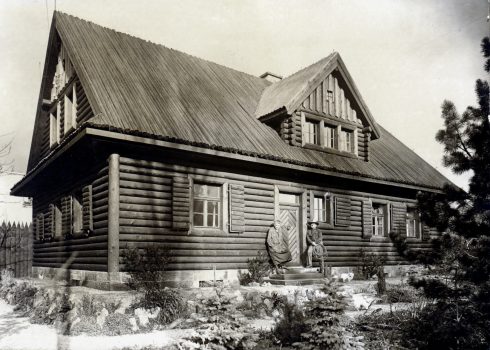The Karl May Museum was initiated by Karl May’s second wife Klara (1864-1944).
Klara May wanted to create a worthy memorial for her husband after his death, that would link May’s life and work with the cultural riches of the people he wrote about.
Here you can learn more about the changeful history of the Karl May Museum.













